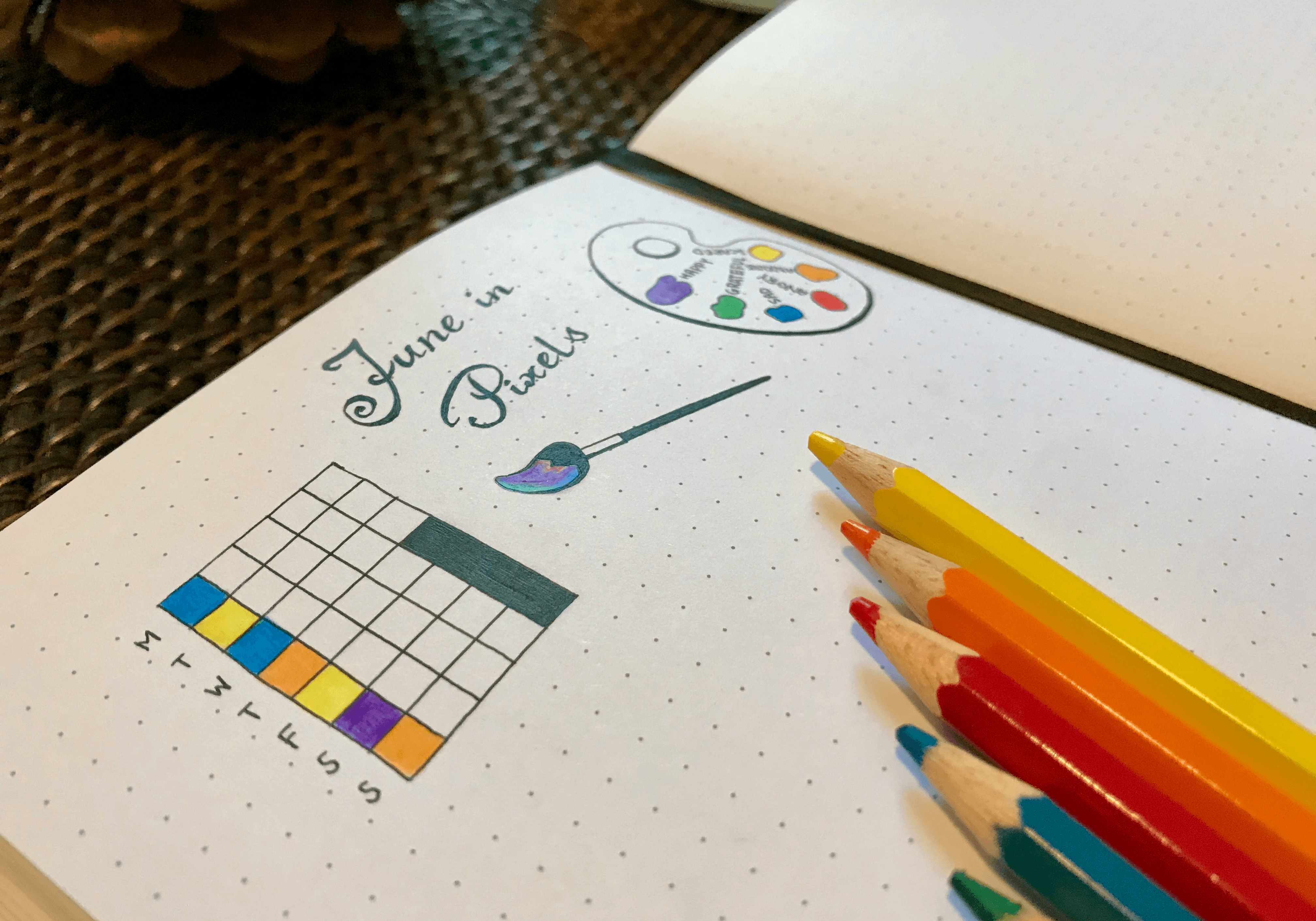
| | |
Parastoo Abtahi, Victoria Ding, Anna C. Yang, Tommy Bruzzese, Alyssa B. Romanos, Elizabeth L. Murnane, Sean Follmer, James A. Landay
| |
IMWUT: Proceedings of the ACM on Interactive, Mobile, Wearable and Ubiquitous Technologies, 2020
|
|
Self-tracking practices enable users to record and analyze their personal data. In recent years, non-digital forms of manual self-tracking, such as bullet journaling, have gained popularity. We conduct a survey (N = 404) and follow-up interviews (N = 18) to better understand users' motivations for physical tracking, the challenges they face with their current practices, and their perceptions of both digital and physical tracking tools. We find that for some users, physical practices are a structured and constructive creative outlet and a form of artistic expression. While the resulting physical artifacts may not easily enable retrospective reflection over long-term data, they preserve personal traces in a unique and tangible form that is meaningful to users. Moreover, the reflective power of physical tracking stems from the interaction with the physical materiality, the slow pace of these practices, the creative exploration they facilitate, and the associated digital disconnect. We conclude with design implications for future technologies, including ways digital tools might extend current physical practices and support richly reflective self-tracking.
|